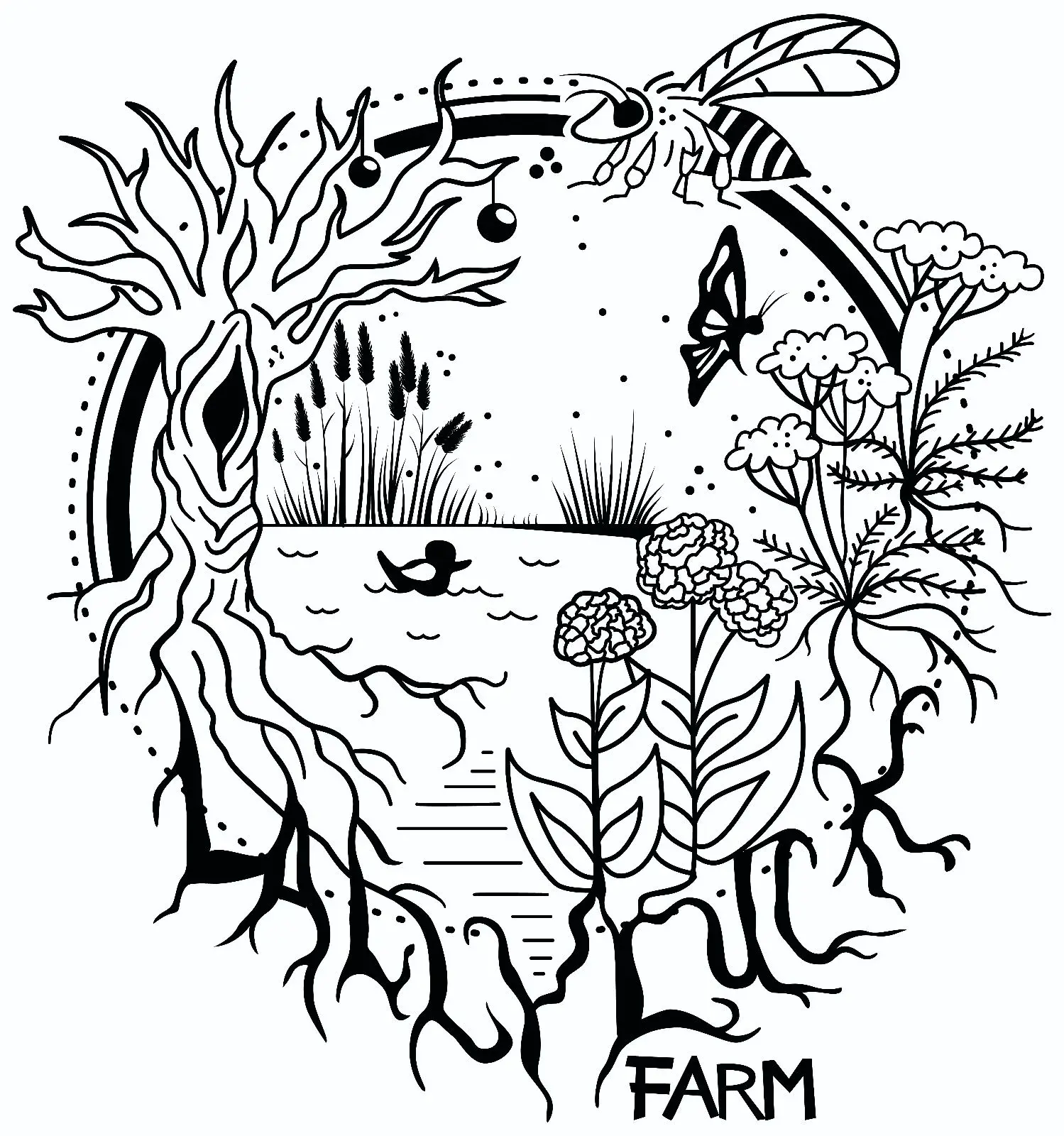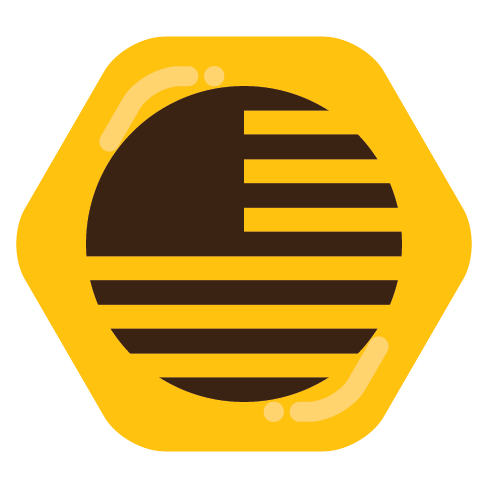

Ehh, they serve customers in the suburbs and city dwellers hoping to recapture a sense of not-being-in-the-city too. Us rural folks have dozens of places to go and pick up have and shave and feed instead, so just like every other time some corp has done the right thing and then backtracked, they’ve lost the group that got all hurt about being included in a bigger tent, they’ve lost the group that was newly included, and they’re left holding a presumably smaller portion of the market than before they failed to hold to their convictions. Make stupid moves, win stupid prizes.








Hey congrats! That’s awesome! Also very happy to hear you’ve found another outlet for your music and great people to boot